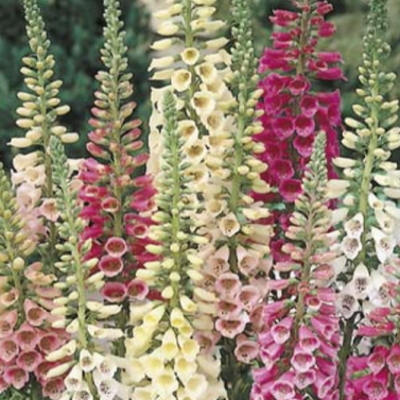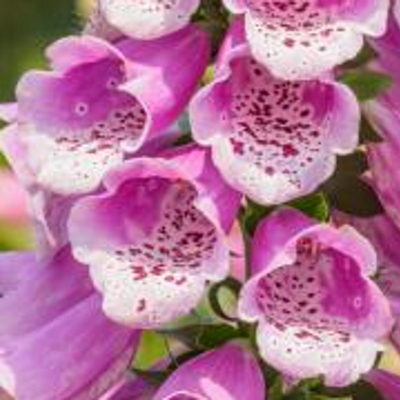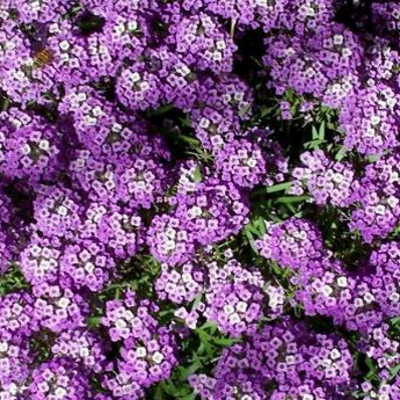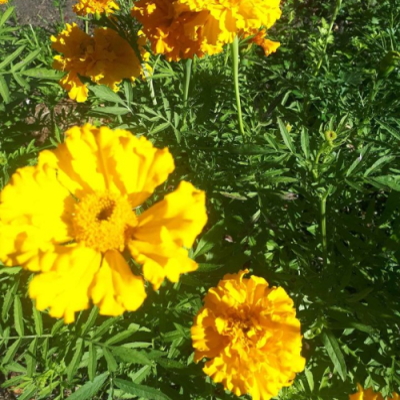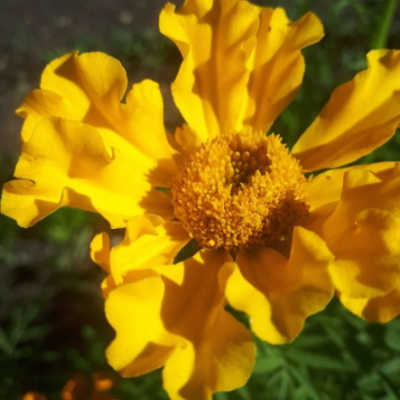-
Out of stock
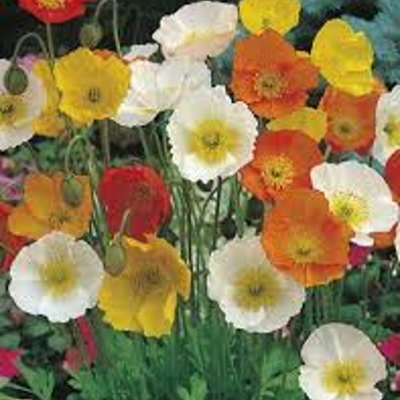 Papaver nudicaule. The Iceland Poppy is a hardy short-lived perennial. It self sows easily so will last for years to come. The cup-shaped blooms have a texture like crepe paper and appear in a range of subdued pastel colours; apricot, gold, tangerine, and white. Sow Iceland Poppy seeds in early spring or late fall where they are to grow permanently. The flower stalks grow to around 30cm tall and are among the longest-lasting poppies as cut flowers. Use a candlestick to seal the cut stem to prolong them as cut flowers. They are highly attractive to bees. Plant in late fall or early spring. Poppy seeds need to be cold stratified to germinate. Poppies only need soil that is ordinary and moist, but well-drained. The seeds should not be planted deeply; they just need to be compressed into the soil, as they need light to germinate. The best method for planting is to mix one part seed with 5 parts sand and scatter over the prepared growing area.
Papaver nudicaule. The Iceland Poppy is a hardy short-lived perennial. It self sows easily so will last for years to come. The cup-shaped blooms have a texture like crepe paper and appear in a range of subdued pastel colours; apricot, gold, tangerine, and white. Sow Iceland Poppy seeds in early spring or late fall where they are to grow permanently. The flower stalks grow to around 30cm tall and are among the longest-lasting poppies as cut flowers. Use a candlestick to seal the cut stem to prolong them as cut flowers. They are highly attractive to bees. Plant in late fall or early spring. Poppy seeds need to be cold stratified to germinate. Poppies only need soil that is ordinary and moist, but well-drained. The seeds should not be planted deeply; they just need to be compressed into the soil, as they need light to germinate. The best method for planting is to mix one part seed with 5 parts sand and scatter over the prepared growing area. -
Out of stock
 Single daisy-like flowers in shades of pink, red, rose, or white completely cover the 75 cm high bushy plants from May through June. Gorgeous spring and summer colour in sun or partial shade. Invaluable for cutting, cut as soon as colour shows. If cutting for dried flowers harvest immediately after bloom opens. Avoid high fertility. Moist, well-drained soil is best–try raised beds or containers if your soil is heavy. Hardy to Zone 5 with protection. These daisies often self-seed and interestingly, direct sown or self-sown established plants are hardier than transplants.
Single daisy-like flowers in shades of pink, red, rose, or white completely cover the 75 cm high bushy plants from May through June. Gorgeous spring and summer colour in sun or partial shade. Invaluable for cutting, cut as soon as colour shows. If cutting for dried flowers harvest immediately after bloom opens. Avoid high fertility. Moist, well-drained soil is best–try raised beds or containers if your soil is heavy. Hardy to Zone 5 with protection. These daisies often self-seed and interestingly, direct sown or self-sown established plants are hardier than transplants. -
Out of stock
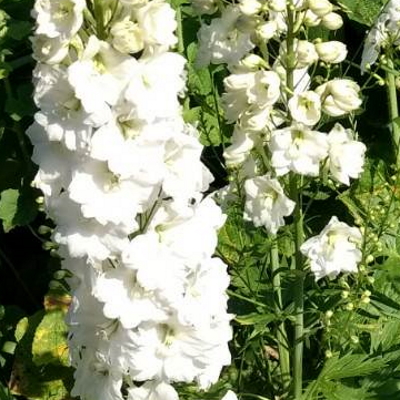
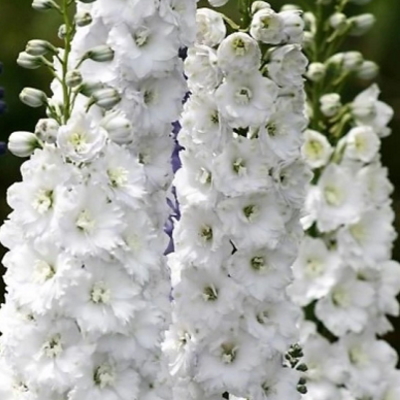 An F1 hybrid breeding breakthrough. Excellent bloom production during short days for cut flowers. GREENHOUSE: Sow in Jan. or early Feb. Freeze seed for 24 hrs. just before sowing, to break dormancy. Use Jiffy Mix or fine sand for a growing medium. Germinate in cool soil at 54°F/12°C for 20 days, according to color (best colors are smallest seedlings). High temp. will prevent germ. Grow seedlings cool, at 60°F/16°C days and 50°F/10°C nights. DIRECT SOWING: Sow outside in late August in cool soil. Freeze seed 24 hours before sowing. Do not pinch the flower heads. For improved blossoms, add lime to the soil each year.
An F1 hybrid breeding breakthrough. Excellent bloom production during short days for cut flowers. GREENHOUSE: Sow in Jan. or early Feb. Freeze seed for 24 hrs. just before sowing, to break dormancy. Use Jiffy Mix or fine sand for a growing medium. Germinate in cool soil at 54°F/12°C for 20 days, according to color (best colors are smallest seedlings). High temp. will prevent germ. Grow seedlings cool, at 60°F/16°C days and 50°F/10°C nights. DIRECT SOWING: Sow outside in late August in cool soil. Freeze seed 24 hours before sowing. Do not pinch the flower heads. For improved blossoms, add lime to the soil each year. -
Out of stock
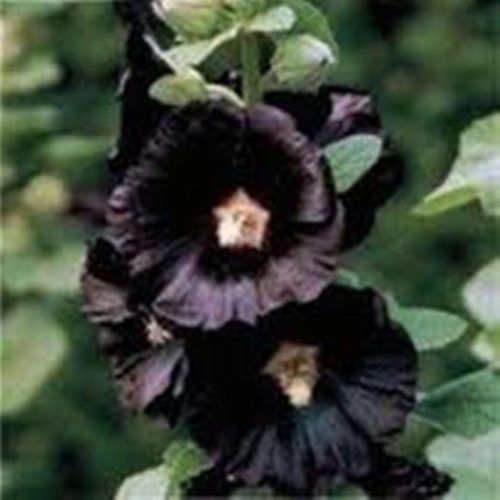 Biennial. This traditional variety is shockingly beautiful and richly coloured with its near-black flowers with just a hint of red. Gorgeous planted in the back of your flower bed or next to white buildings white flowers. A must for historical gardens.
Biennial. This traditional variety is shockingly beautiful and richly coloured with its near-black flowers with just a hint of red. Gorgeous planted in the back of your flower bed or next to white buildings white flowers. A must for historical gardens. -
Out of stock
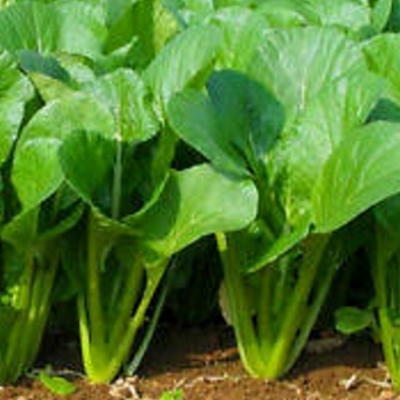
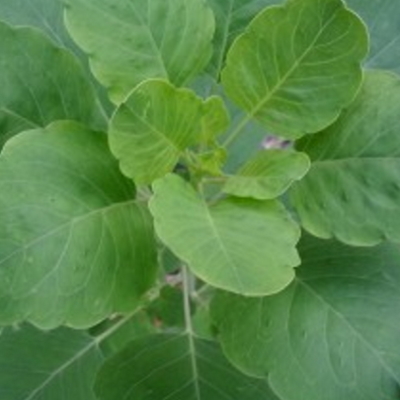
Ethiopian Kale matures in 40 days. Technically, a Mustard, Ethiopian Kale is an unusual leafy green. The hearty leaves have a very complex flavor with overtones of spice and garlic. Great for picking at the baby size in under 3 weeks, or waiting for fully grown leaves. Ethiopian Kale works great makes delicious salad mix, standalone raw, or lightly cooked. An extra cold-tolerant and drought-resistant crop. If you're going to try only one new green this year, Ethiopian Kale should be your first choice.
-
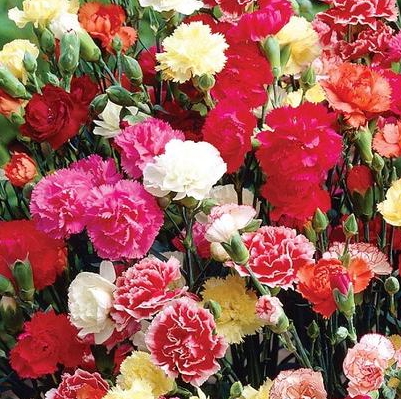
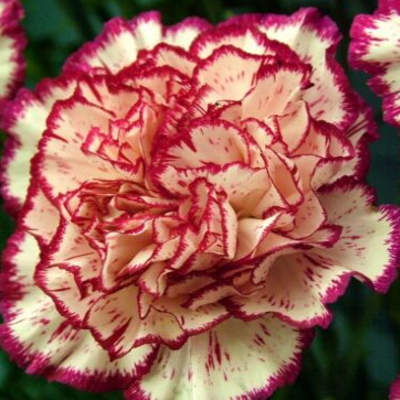 Chabauds Giant Carnation is a half-hardy biennial prized for its long bloom season. Large flowers with lovely spicy, clove-like fragrance bloom in many shades of crimson, red, rose, pink, yellow, and white. Carnations grown in groups make a striking attraction in gardens. For early blooms, start indoors 6-8 weeks before the last frost. Thin or transplant when 15-25 cm tall. This tender perennial can overwinter in milder climates. To overwinter in Zone 3b to 4a cover with a thick layer of mulch but remove mulch in early spring. One of the garden favourites-Chabauds Giant Carnation does not readily self-sow. Harvest early spent blossom head by cutting stem near the ground and hang dry with a paper bag tied around the stem to catch seeds that may drop.
Chabauds Giant Carnation is a half-hardy biennial prized for its long bloom season. Large flowers with lovely spicy, clove-like fragrance bloom in many shades of crimson, red, rose, pink, yellow, and white. Carnations grown in groups make a striking attraction in gardens. For early blooms, start indoors 6-8 weeks before the last frost. Thin or transplant when 15-25 cm tall. This tender perennial can overwinter in milder climates. To overwinter in Zone 3b to 4a cover with a thick layer of mulch but remove mulch in early spring. One of the garden favourites-Chabauds Giant Carnation does not readily self-sow. Harvest early spent blossom head by cutting stem near the ground and hang dry with a paper bag tied around the stem to catch seeds that may drop. -
-
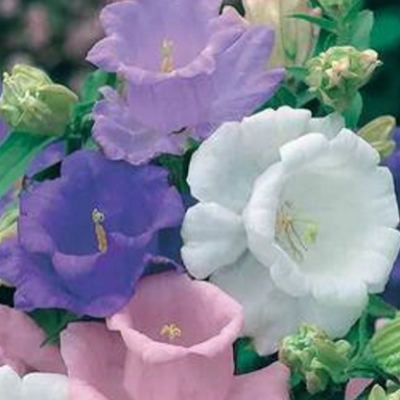 Canterbury Bells Cup and Saucer Mix is a hardy, attractive biennial flowering plant. Canterbury Bells seeds are a good way to establish this flowering bellflower mix that produces bell-shaped flowers with a flat base in various shades of blue, pink, and white. Canterbury Bells is the biennial, so the plant produces foliage the first year and flowers the second year blooming from spring to early summer.
Canterbury Bells Cup and Saucer Mix is a hardy, attractive biennial flowering plant. Canterbury Bells seeds are a good way to establish this flowering bellflower mix that produces bell-shaped flowers with a flat base in various shades of blue, pink, and white. Canterbury Bells is the biennial, so the plant produces foliage the first year and flowers the second year blooming from spring to early summer. -
-
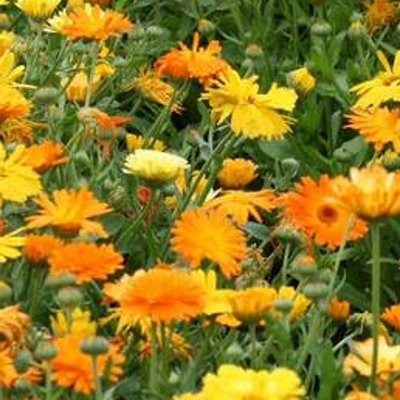
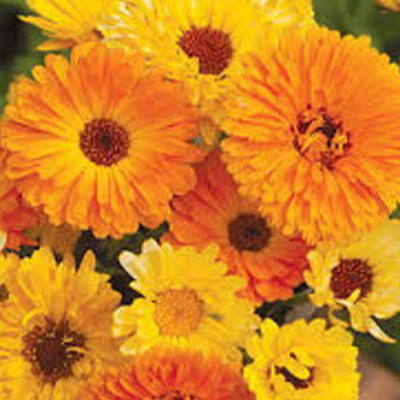 Calendula are actually short-lived tender perennials that are grown as annuals in Canada. Large 10 cm blooms in a nice range of colours -apricot, cream, orange and yellow. They flower generously through the summer on well-branched plants that grow to 45 cm in height. Calendula is also known as the pot marigold and grows nicely in containers! One of the easiest flowers to grow. Try using petals in salads. Pick when in full bloom to dry for homemade teas, soaps, and calendula cream. Calendula is a versatile plant that can be used for it's culinary and healing properties and for long-lasting cut flowers.
Calendula are actually short-lived tender perennials that are grown as annuals in Canada. Large 10 cm blooms in a nice range of colours -apricot, cream, orange and yellow. They flower generously through the summer on well-branched plants that grow to 45 cm in height. Calendula is also known as the pot marigold and grows nicely in containers! One of the easiest flowers to grow. Try using petals in salads. Pick when in full bloom to dry for homemade teas, soaps, and calendula cream. Calendula is a versatile plant that can be used for it's culinary and healing properties and for long-lasting cut flowers. -
-
Out of stock
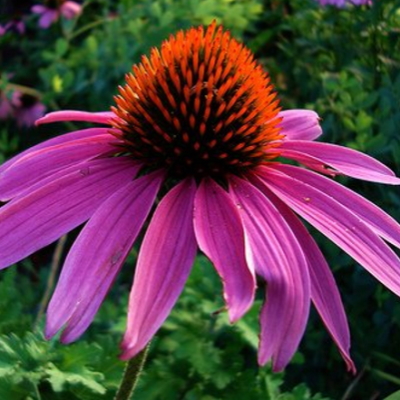 Purple coneflowers are found in many flower gardens. Purple coneflower (Echinacea purpurea) in the garden or flower bed draws bees and butterflies, ensuring that nearby plants have plenty of pollinators. The plant also provides a tall background or repeating rows of large (often 6 inches across) purple, daisy-like flowers. The sturdy stalks, which may reach 5 feet in height, rarely bend or require staking for an upright appearance. Coneflower plants may actually display pink flowers, when the cultivar Echinacea purpurea ‘Pink Double Delight’ is planted.
Purple coneflowers are found in many flower gardens. Purple coneflower (Echinacea purpurea) in the garden or flower bed draws bees and butterflies, ensuring that nearby plants have plenty of pollinators. The plant also provides a tall background or repeating rows of large (often 6 inches across) purple, daisy-like flowers. The sturdy stalks, which may reach 5 feet in height, rarely bend or require staking for an upright appearance. Coneflower plants may actually display pink flowers, when the cultivar Echinacea purpurea ‘Pink Double Delight’ is planted.
